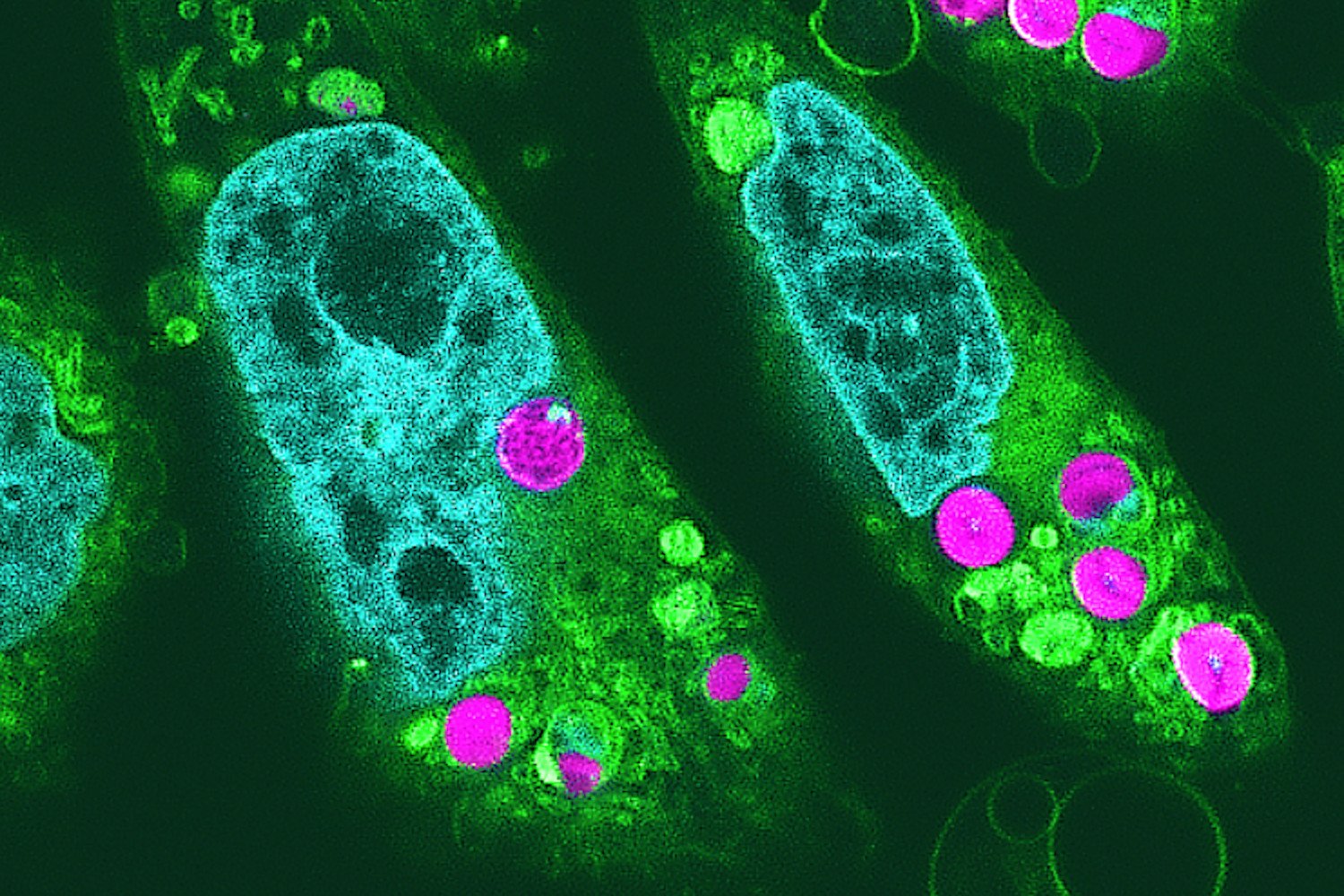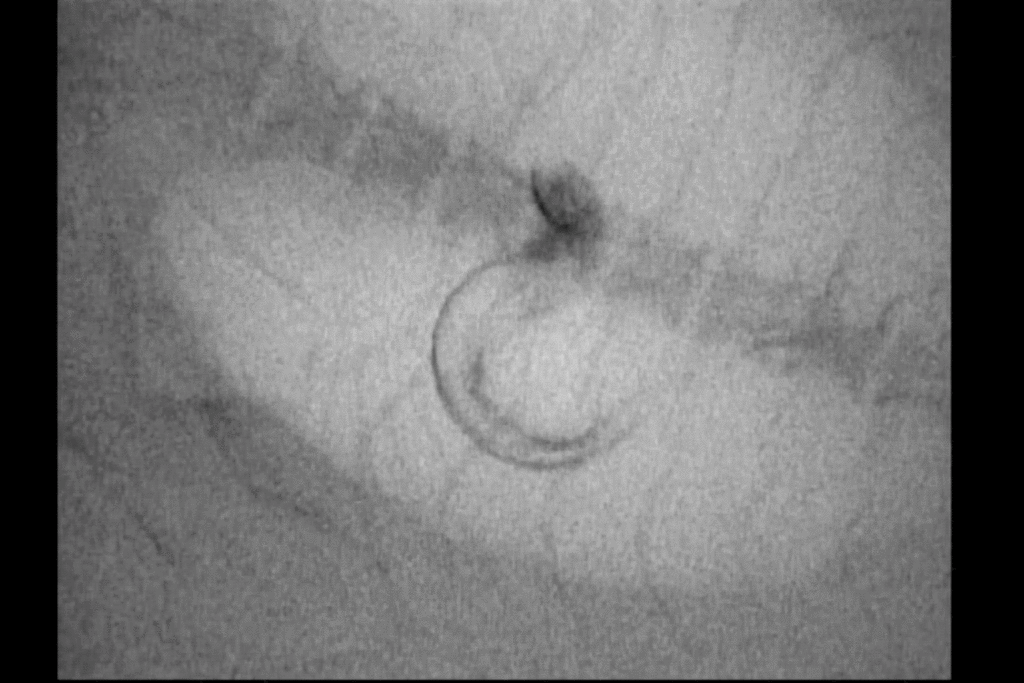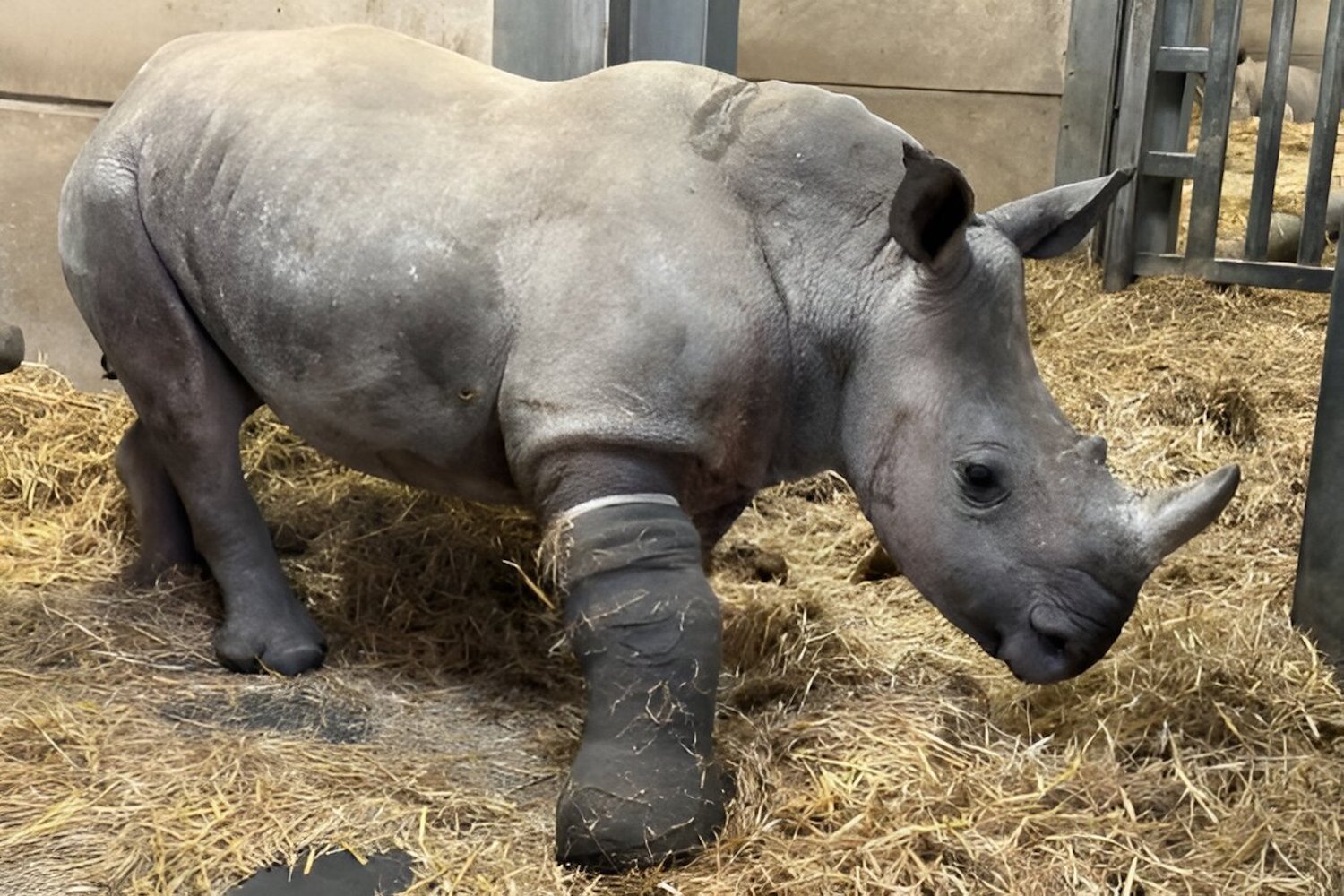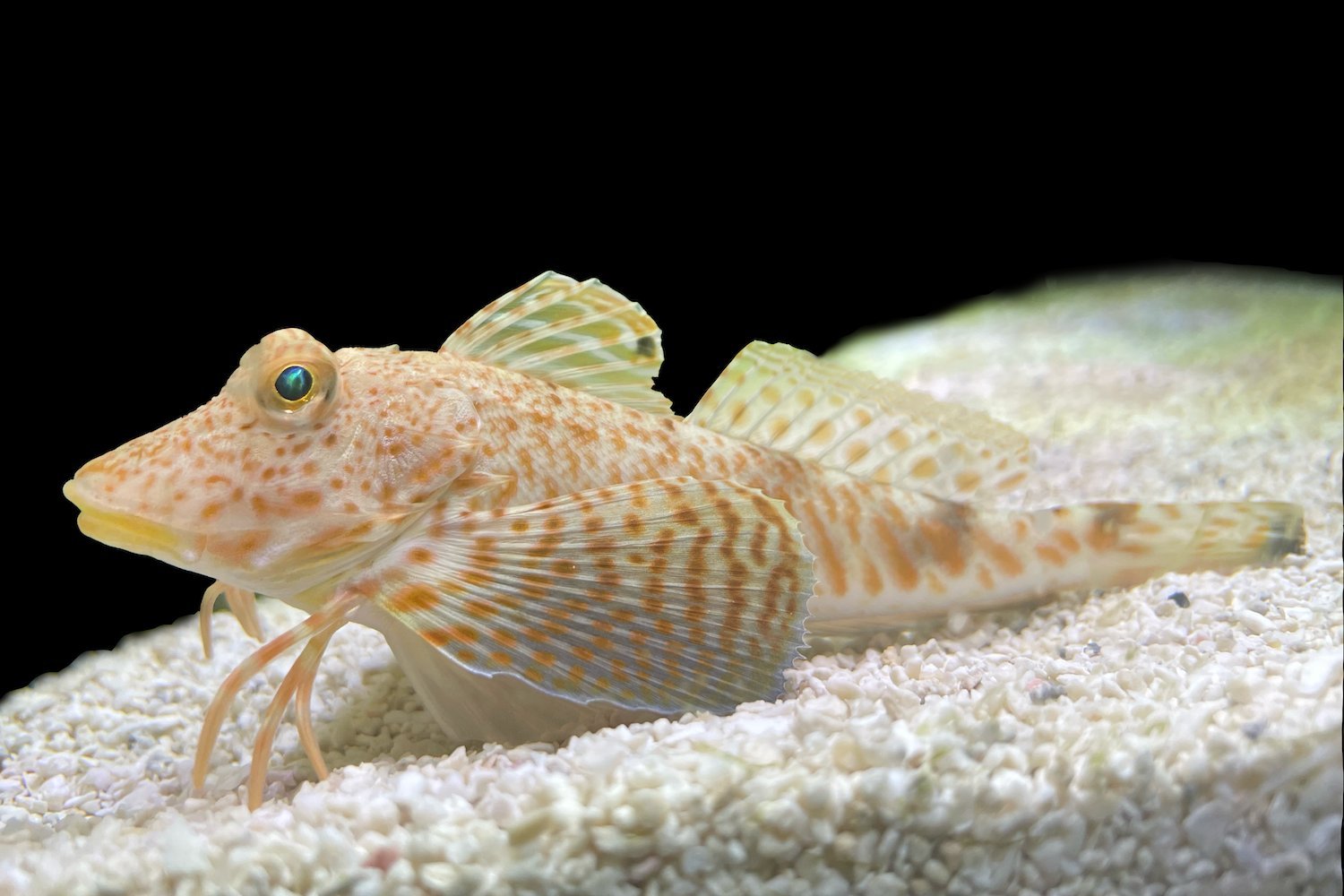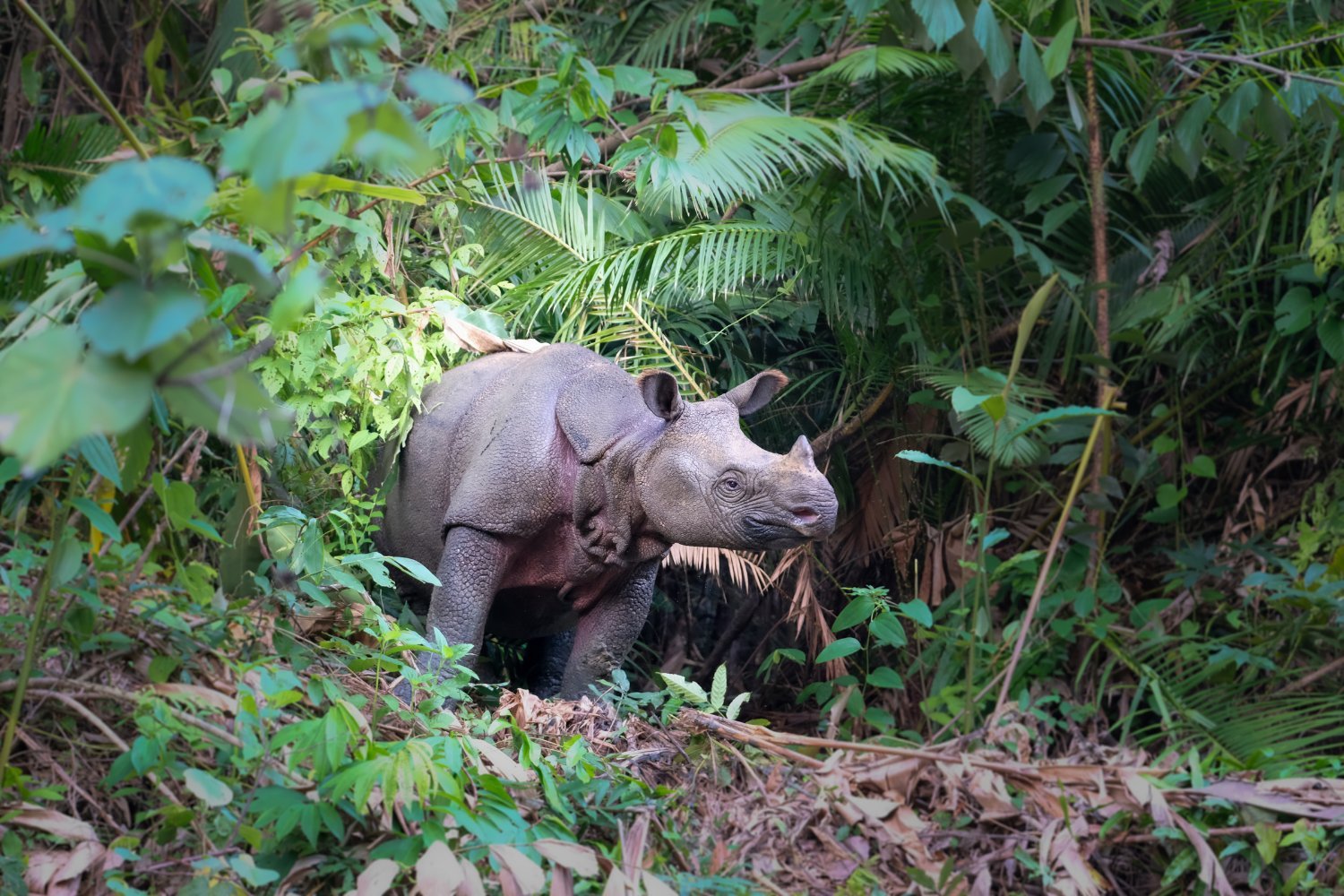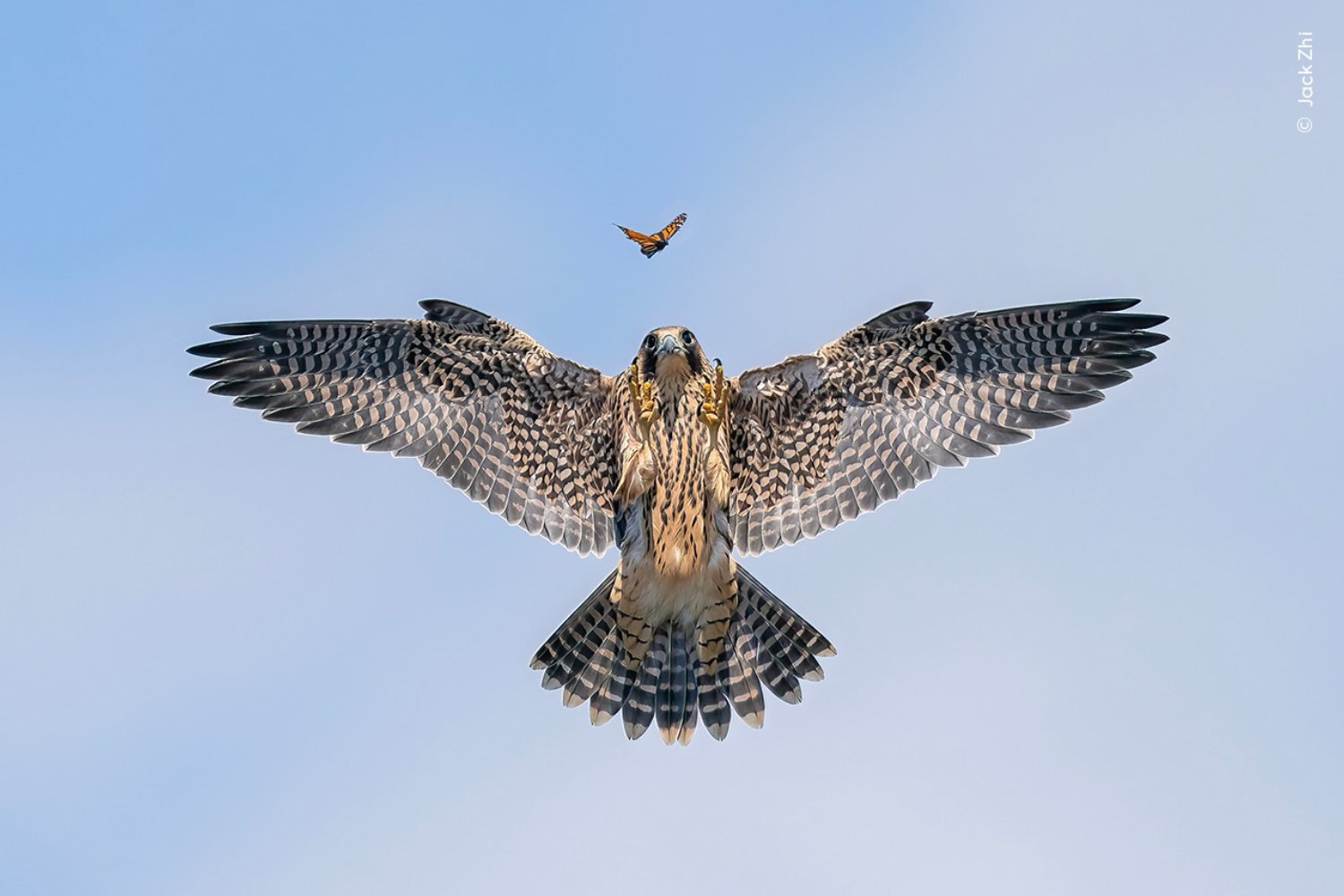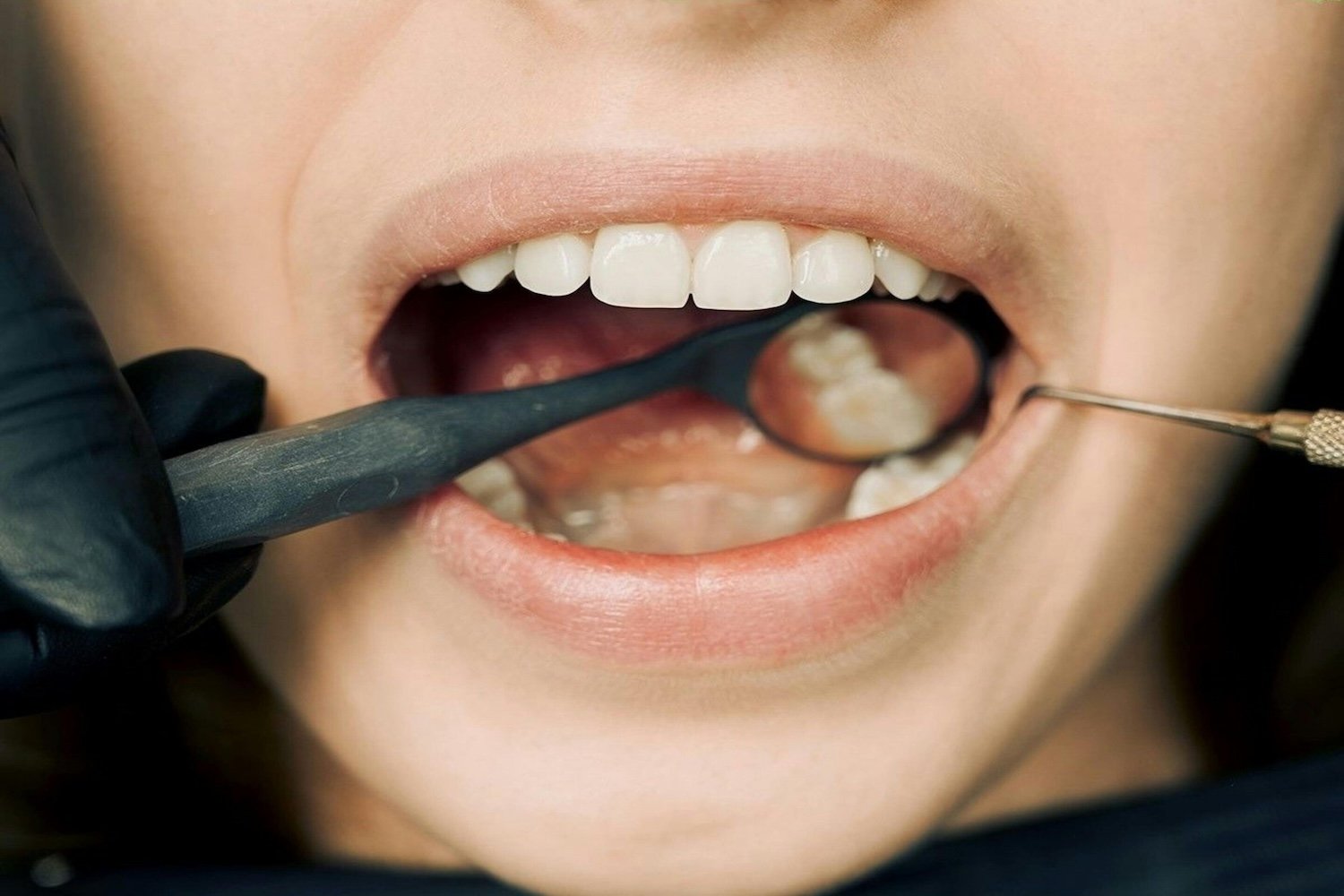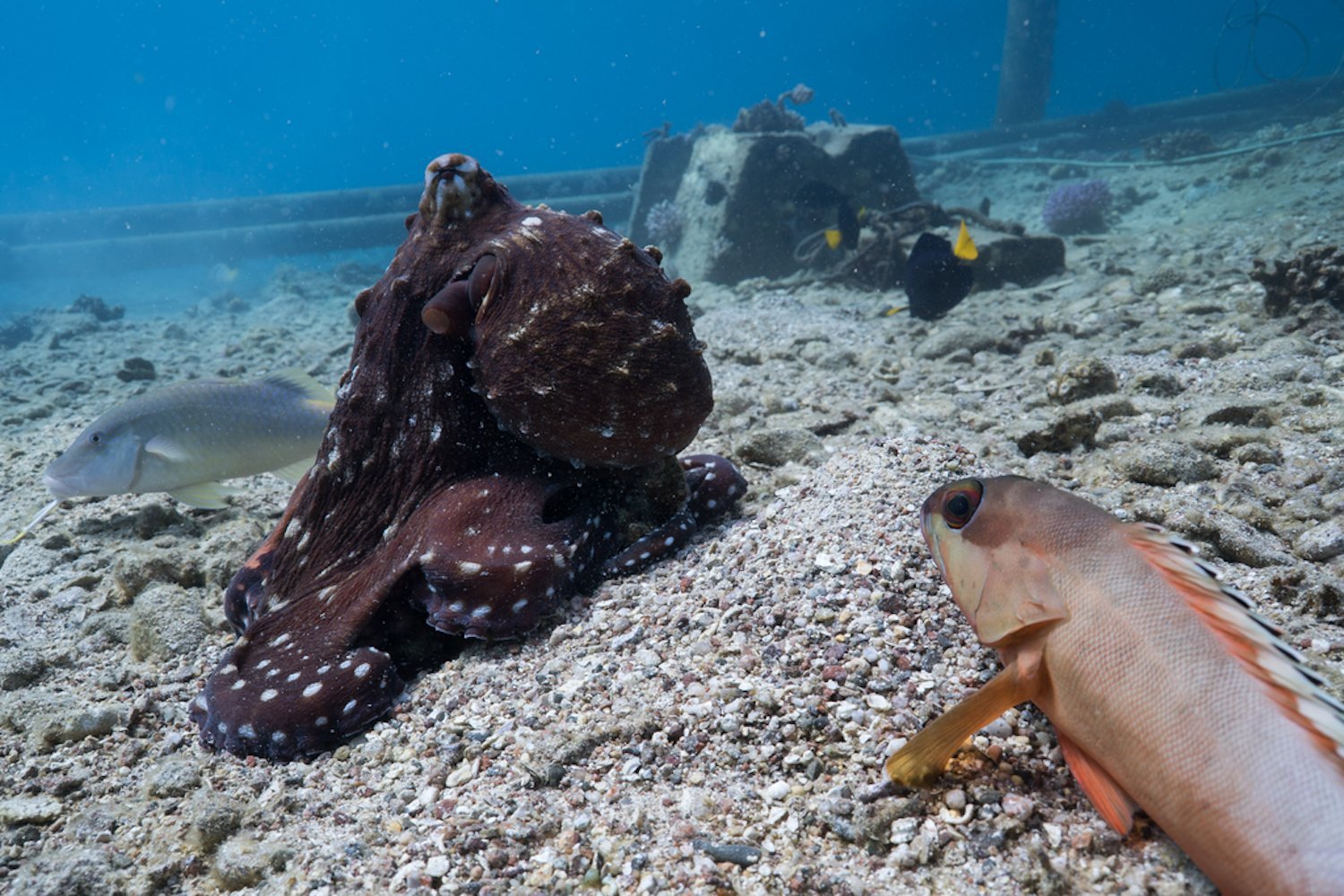Photosynthesis, the process of converting light energy into chemical energy, is a defining characteristic of plants and algae. Now, researchers in Japan have successfully introduced this capability into animal cells, opening exciting new avenues in bioengineering and regenerative medicine.
This groundbreaking study, published in the Proceedings of the Japan Academy, details how chloroplasts, the organelles responsible for photosynthesis, were extracted from red algae and integrated into hamster cells. Astonishingly, these modified animal cells exhibited photosynthetic activity, challenging the long-held belief that such a feat was impossible.
Photosynthesis in Animal Cells: A Surprising Discovery
The research team, led by Sachihiro Matsunaga from the University of Tokyo, initially anticipated that the introduced chloroplasts would be rapidly broken down by the animal cells. However, they observed sustained photosynthetic function for up to two days, with active electron transport, the energy-producing stage of photosynthesis, taking place within the hamster cells.
This unexpected outcome was confirmed through various imaging techniques and a specialized light pulse method, definitively establishing the presence of photosynthetic electron transport. The researchers hypothesize that the incorporated chloroplasts maintain stability and continuous energy production irrespective of external environmental conditions.
Potential Applications in Tissue Engineering
While the concept of solar-powered animals is captivating, the primary focus of this research lies in the practical applications of this technology, particularly in tissue engineering. Lab-grown tissues often face challenges in growth due to oxygen limitations within the multi-layered cellular structures. The introduction of photosynthetic animal cells could provide a solution to this issue.
By incorporating these modified cells, oxygen can be generated internally through photosynthesis upon light exposure, thereby improving the internal environment and promoting tissue growth. This approach has the potential to revolutionize the development of artificial organs, lab-grown meat, and skin grafts.
Enhanced Growth Rates and Carbon Transfer
Furthermore, the study revealed an increased growth rate in the chloroplast-infused hamster cells, suggesting that the chloroplasts provide not only oxygen but also a carbon source, effectively fueling the animal cells. This finding further highlights the symbiotic potential of this novel approach.
Future Directions
The research team plans to continue exploring the capabilities and potential of these “planimal” cells. This breakthrough holds immense promise for advancing bioengineering and regenerative medicine, offering innovative solutions for tissue growth and oxygen delivery in artificial tissues. The implications of this discovery extend far beyond the laboratory, potentially shaping the future of medical treatments and biotechnologies.



